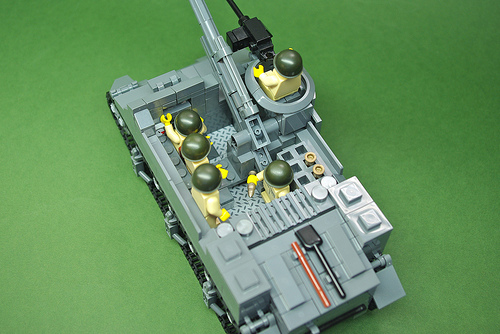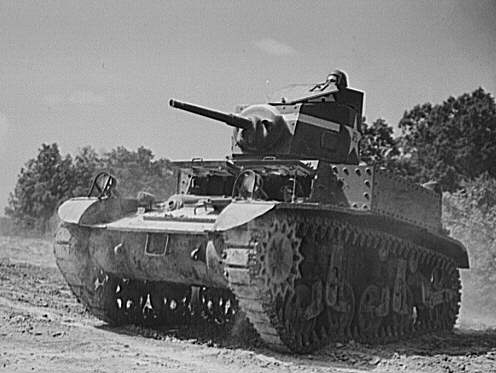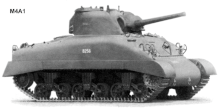I get angrier and angrier with each passing Memorial Day here in the United States. Baseball announcers blithely wish each other “Happy Memorial Day!”, car companies attempt to entice me with “low, low APR”, and everyone celebrates the service of active-duty and surviving military personnel. No, Memorial Day is a day of somber remembrance, not to be confused with Veterans Day, and it’s a day — like Remembrance Day in other parts of the world — to honor those murdered by their governments in defense of long-forgotten political agendas. It’s a day that should remind us just how evil and unnecessary war is — not how cool it is.
And yet, there is real heroism in what many men and women in the armed forces accomplish in the face of such horror. I’ve mentioned before how much World War II fascinates me, not least because I grew up surrounded by abandoned bomb shelters in Japan and because my American grandfather served as a medic during the war.
One way I explore that fascination — and learn quite a bit of history in the process — is to research the people, places, and equipment of World War II. This year, I’ve been building for more than a month leading up to Memorial Day, and I have quite a few new builds to share.
The M7 Priest was self-propelled artillery (a “Howitzer Motor Carriage” in WW2 parlance) based on the chassis of the M3 Lee/Grant series of medium tanks.
My M7 Priest incorporates a 105mm gun that I reverse-engineered from the Brickmania M2A1 Howitzer kit (since I’d built a complete one to tow behind my GMC CCKW).
The Priest has an open top, so I spent quite a bit of time trying to get the interior right. I built ammunition stowage (by inverting 1×1 bricks and attaching them with the One Ring) and gave the floor corrugated steel plating with printed tiles from Citizen Brick.
See more photos in my M7 Priest photoset on Flickr.
The GMC CCKW 2.5-ton truck, or “Deuce and a Half,” served in many roles during and after World War II, with numerous variants to support all those roles. Even though I’m quite happy with the other models I’m unveiling in this post, my favorite is definitely this maintenance/recovery version of the CCKW.
The details are all modular, and I can quickly convert this rather complex truck into a number of other variants, including this one with a towable M45 Quadmount anti-aircraft gun.
My Willys MB Jeeps also got an upgrade, with two new variants — both with Bantam trailers.
All these non-combat vehicles were making my minifig soldiers feel a little under-powered, so I built them an M5A1 Stuart light tank and an M8 Greyhound armored car.
Finally, it occurred to me recently just how little the average World War II LEGO model reflects the real-world diversity of the men and women who served in the United States armed forces during World War II. The segregated U.S. Army resisted placing African-Americans in front-line combat roles until fairly late in the war, but the all-black 761st Tank Battalion served with distinction in major engagements like the Battle of the Bulge. I made some minor modifications to my M4A3 Sherman tank, including the addition of a lip that overhangs the wider tracks, thus making this the M4A3E2 variant. While I was at it, I replaced my crew with members of the 761st.
I’m currently working on something for the 442nd Regimental Combat Team, or “Nisei Soldiers.” In the meantime, you can see more photos of everything I’ve posted here in my photostream on Flickr.
The title of the post is an excerpt from “Anthem for Doomed Youth,” by Wilfred Owen, an English poet who died in combat one week before the end of World War I. It seems doubtful that I can convince a generation of youth who’ve learned more about war from the “Medal of Honor” video games than from challenging poetry to read Wilfred Owen and Siegfried Sassoon, but it’s worth a try…












 The Sherman is an incredibly well-documented vehicle, and popular enough with plastic modelers that there’s a wealth of reference pictures available online and in books, from historical photos to detailed schematics and high-res close-ups of surviving tanks in museums. With so many production variants (animated GIF illustrating three of the most common ones on the right) and tank crews’ penchant for customizing their vehicles in the field, it’s also a great choice as inspiration for a LEGO model — you can definitely put your own spin on it.
The Sherman is an incredibly well-documented vehicle, and popular enough with plastic modelers that there’s a wealth of reference pictures available online and in books, from historical photos to detailed schematics and high-res close-ups of surviving tanks in museums. With so many production variants (animated GIF illustrating three of the most common ones on the right) and tank crews’ penchant for customizing their vehicles in the field, it’s also a great choice as inspiration for a LEGO model — you can definitely put your own spin on it. 

















